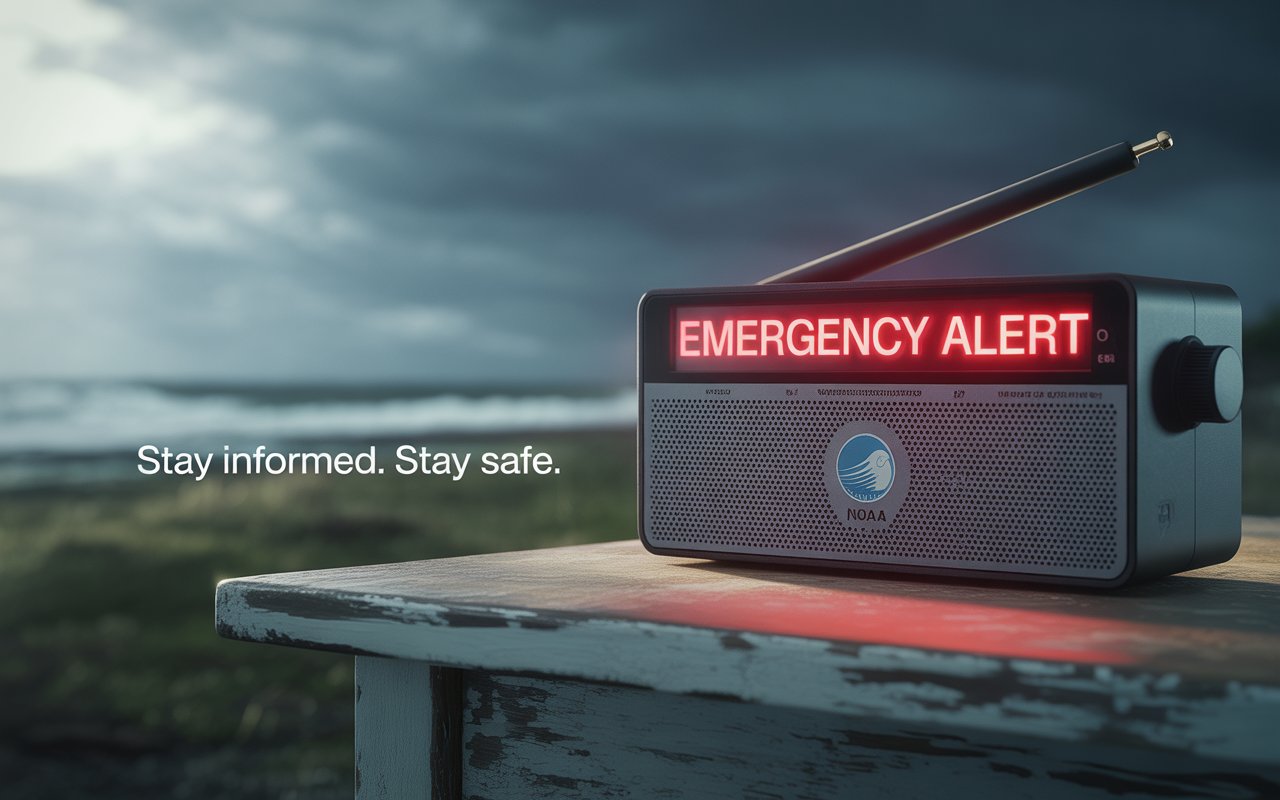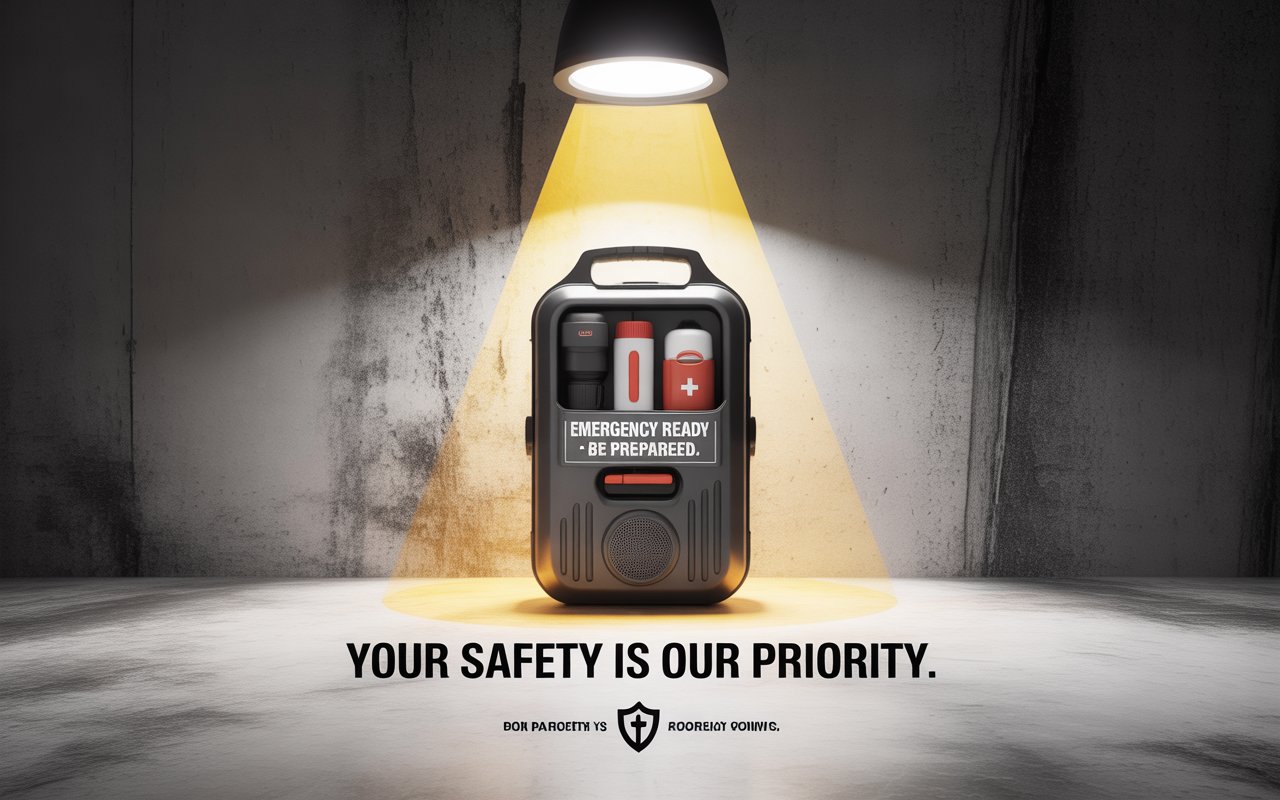When disaster strikes, the first thing most people ask is, “What should I do now?” That’s where emergency evacuation comes into play. We often hear stories of towns clearing out before wildfires, neighborhoods evacuated due to floods, or entire cities bracing for hurricanes. But behind those headlines lies a complex system of planning, decision-making, and human resilience.
In this article, we’ll dive into the world of emergency evacuations—what they mean, why they happen, and how communities and individuals prepare for them. Think of it as a survival guide that combines real-world examples with practical advice, so you’ll walk away feeling informed and prepared, not panicked.
Why Emergency Evacuations Matter
At its core, an evacuation is about one thing: saving lives. When authorities order people to leave an area, it’s not done lightly. Whether it’s a fast-moving wildfire or a chemical spill, the main goal is to reduce the risk of harm.
Imagine your home as a ship at sea. If water starts flooding in, the captain orders everyone to the lifeboats. Not because they want you to abandon ship, but because it’s safer out there than staying inside. Evacuations follow the same principle—getting people to safety before the danger overwhelms them.
Common Reasons for Evacuations
Not all emergencies look the same, but they share one thing in common: unpredictability. Here are some of the most frequent triggers for large-scale evacuations:
Natural Disasters
Hurricanes, wildfires, floods, and earthquakes often force people to leave their homes. In recent years, climate change has made these events more frequent and intense. For example, towns in California and Australia have had to evacuate repeatedly due to uncontrollable wildfires.
Industrial Accidents
Factories, refineries, and power plants sometimes experience leaks, explosions, or chemical spills. These accidents can release toxic substances into the air or water, making it unsafe to stay nearby.
Public Safety Threats
Sometimes evacuations happen because of human actions—bomb threats, active shooter incidents, or terrorism. While less common, they still require quick and organized responses.
Health Emergencies
Pandemics or outbreaks can also lead to localized evacuations, especially when isolation zones are set up to prevent the spread of disease.
The Role of Emergency Authorities

When an evacuation order is issued, it often comes from a mix of local leaders, emergency management agencies, and law enforcement. Their job isn’t just to shout, “Everyone out!” They must coordinate transportation, shelters, and communication.
Authorities also weigh tough decisions: Should it be a voluntary evacuation (people can leave if they choose) or a mandatory one (residents must leave or risk fines and danger)? Striking the balance between personal freedom and public safety is one of the hardest parts of the process.
How Evacuation Orders Are Communicated
In today’s digital world, news spreads faster than ever. Still, not everyone gets information the same way. That’s why agencies use multiple channels, such as:
-
Emergency alerts on phones
-
Local TV and radio broadcasts
-
Social media updates
-
Sirens and loudspeakers in some communities
-
Door-to-door checks by police or volunteers
The goal is simple: no one should be left unaware when their safety is on the line.
The Human Side of Evacuations
Leaving your home in a hurry isn’t easy. People often face emotional struggles—deciding what to take, worrying about pets, or not knowing when they’ll return. For many, it’s like leaving behind years of memories and security in a single backpack.
There’s also the challenge of accessibility. Elderly residents, people with disabilities, or those without cars may need extra help. That’s why communities often organize buses, volunteer drivers, and shelters with medical staff.
Shelters and Temporary Housing

When thousands of people leave their homes, where do they go?
Community Shelters
Schools, gyms, and churches often transform into shelters during emergencies. These spaces provide food, water, medical care, and a safe place to sleep.
Hotels and Relatives
Some evacuees choose to stay with family or book hotels if they can afford it. While more comfortable, not everyone has that option.
Long-Term Housing
If a disaster makes returning home impossible, governments may arrange temporary housing, such as mobile homes or rental assistance.
Stories from Recent Evacuations
To put it into perspective, let’s look at some real-world examples:
-
Wildfires in California (2023): Entire neighborhoods evacuated within hours as flames spread unpredictably. Quick evacuation orders saved countless lives, though many homes were lost.
-
Hurricane Ida (2021): Millions fled Louisiana and neighboring states. While some refused to leave, those who did found safety in shelters set up across the region.
-
Chemical Spill in Ohio (2023): Residents were asked to leave after a train derailment released toxic substances. The evacuation prevented severe health impacts, though many faced long-term displacement.
These examples remind us that while the news headlines fade, the impact on evacuees lasts much longer.
Preparing for the Unexpected
You might wonder, “What can I do if an evacuation happens to me?” Preparation is key. Just like we keep fire alarms at home, we should also have an evacuation plan.
Build a Go-Bag
Pack essentials like water, snacks, medication, important documents, and a flashlight. Think of it as your survival kit for at least 72 hours.
Know Your Routes
Familiarize yourself with multiple exit routes from your town. Roads may be blocked, so having a backup path is crucial.
Stay Informed
Download local emergency apps or sign up for community alerts. Information can make the difference between chaos and calm.
The Role of Technology

Technology has transformed evacuations in powerful ways.
-
Drones help assess damage and guide safe evacuation paths.
-
GPS systems provide real-time traffic updates, preventing jams during mass movements.
-
Apps and alerts ensure people receive life-saving messages instantly.
Think of technology as the compass guiding modern-day evacuations—it doesn’t stop the storm, but it helps people find the way out.
Challenges in Large-Scale Evacuations
Of course, evacuations aren’t always smooth. Some common challenges include:
-
Traffic congestion: Highways clogged with vehicles.
-
Reluctance to leave: Some residents refuse evacuation orders, often risking their lives.
-
Resource shortages: Not enough food, shelter, or medical supplies in large-scale disasters.
-
Communication breakdowns: Conflicting information can cause confusion.
Learning from past mistakes helps authorities improve future responses.
Community Resilience and Recovery
Evacuation doesn’t end once the danger passes. Returning home—or rebuilding if homes are destroyed—can take weeks, months, or even years. Communities often come together to support each other through donations, volunteer work, and mental health services.
The resilience of people after an evacuation is inspiring. Just like a tree bending in the wind, communities may be shaken but rarely broken.
FAQs About Emergency Evacuations
1. What should I pack in an emergency go-bag?
Essentials include water, non-perishable food, medication, personal documents, cash, phone chargers, and basic hygiene items.
2. How much time do people usually have to evacuate?
It depends on the emergency. Hurricanes may allow days of notice, while wildfires or chemical spills could require evacuation within hours or even minutes.
3. Can I refuse to evacuate during a mandatory order?
Legally, you can refuse in most cases, but it’s strongly discouraged. Refusing puts you and first responders at higher risk.
4. What happens to pets during evacuations?
Many shelters now allow pets, but it’s best to prepare carriers, food, and medical records in advance. Always confirm shelter policies in your area.
5. How can I stay informed about evacuation orders?
Sign up for local emergency alerts, follow official social media accounts, and listen to radio or TV broadcasts for updates.
Conclusion: Staying Ready, Staying Safe
Emergency evacuations might sound terrifying, but they’re ultimately about protection and survival. By understanding why they happen, how they’re managed, and what role we play, we can transform fear into preparedness.
You may never face a mandatory evacuation in your life. But if you do, remember this: leaving early and following instructions could save not only your life but also the lives of those you love.













